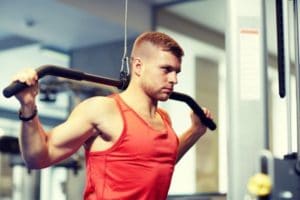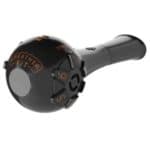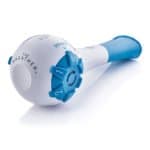What is Respiratory Muscle Training?
What is Respiratory Muscle Training?
HOW RESPIRATORY MUSCLE TRAINING CAN IMPROVE YOUR BREATHING
Respiratory Muscle Training (RMT) is a unique training method that targets and strengthens the breathing muscles. Breathing comprises the process of inhaling air into the lungs (inspiration) and expelling the used air (expiration). These two mechanisms involve different muscle groups, and RMT targets the muscle sets individually, or in combination, through Inspiratory Muscle Training (IMT) and Expiratory Muscle Training (EMT).
Respiratory muscles support the lungs for an efficient oxygen-carbon dioxide (O2/CO2) gas exchange. The major respiratory muscle is the diaphragm, a dome-shaped structure that moves like bellows during breathing. RMT increases flexibility and strength of the diaphragm to support the lungs’ function and capacity. Other muscles involved in breathing and RMT include muscles around the ribcage, abdomen, shoulder, throat and neck.
What is Respiratory Muscle Weakness?
Just like any other muscle group, respiratory muscles can weaken over time if not used properly, causing a condition called Respiratory Muscle Weakness (RMW). This can happen due to ageing, unhealthy lifestyle, or underlying disease conditions. Although it is associated with a lot of disorders, such as COPD, heart failure, and swallow problems, RMW is under-recognized and under-appreciated. This may be partly because there are no drugs that can effectively treat it.
Generally, RMW makes breathing less effective, so your lungs have to work harder to deliver the oxygen to your body, and to remove the CO2. This causes every day physical activities to feel like running a marathon. A typical symptom is dyspnea, or breathlessness, when people need to gasp for air, because their lungs and respiratory muscles are unable to meet the metabolic demand for gas exchange.
How does RMT work?

Who can benefit from Respiratory Muscle Training?
Clinical evidence shows that RMT benefits a wide range of people with disease conditions such as COPD, heart failure, asthma, stroke, dysphagia, neuromuscular disease, and many others. RMT has a therapeutic domino effect, as stronger respiratory muscles not only reduce dyspnea, but they can also lower blood pressure, improve sleep function and contribute to an effective swallow-cough reflex. Furthermore, RMT is also highly beneficial to healthy individuals such as musicians and athletes that strive to improve their maximum performance with better breath work, increased exercise or vocal capacity.
Whether you are a patient, a striving musician, an Olympic athlete, or a regular person leading a healthier life, RMT can help improve your daily life.
Recommendation


